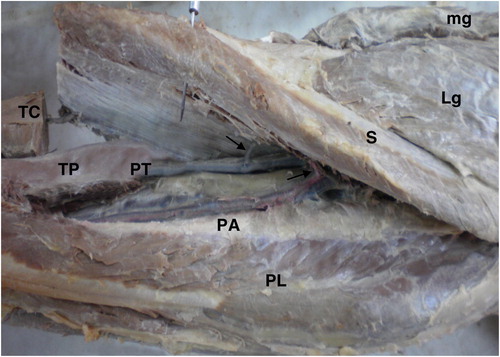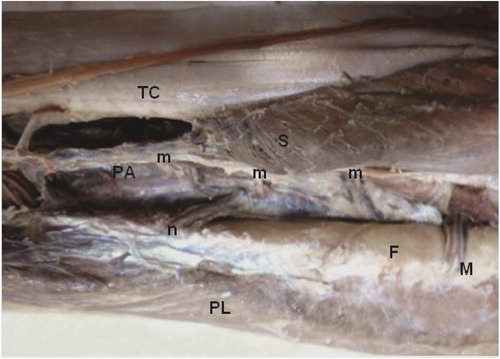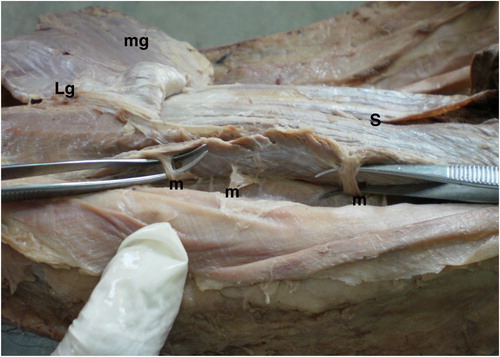Figures & data
Table 1 Distribution of different studied perforators in relation to sex.
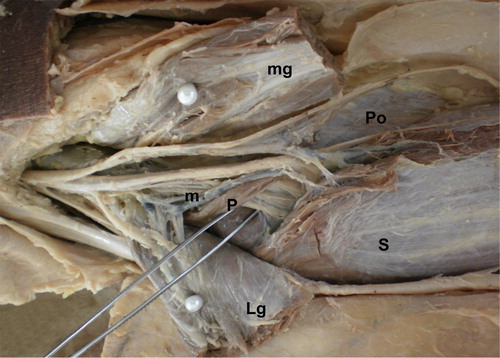
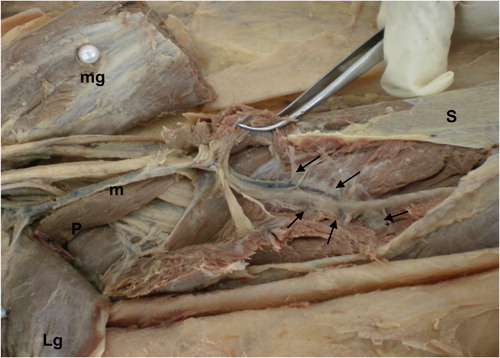

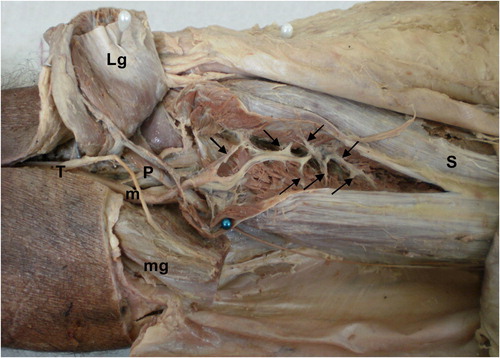
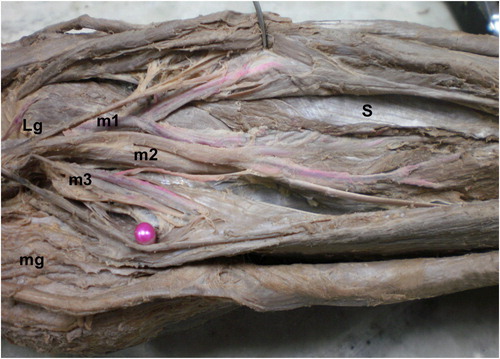
Table 2 Comparison between length and diameter of muscular branches of popliteal artery in both male and female.
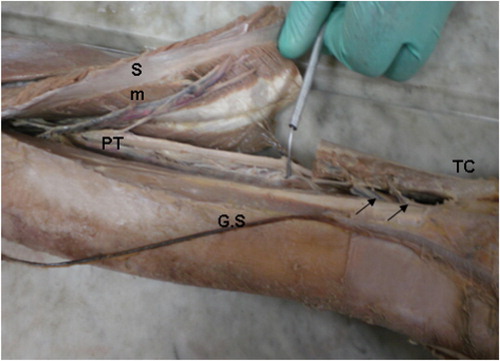

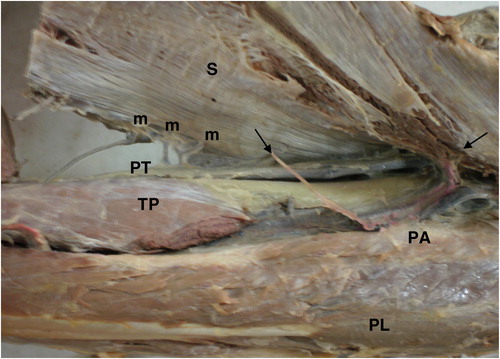
Table 3 Comparison between length and diameter of muscular branches of posterior tibial artery in both male and female.
Table 4 Comparison between the distance of muscular branches of posterior tibial artery from medial malleolus in male and female in cm.
